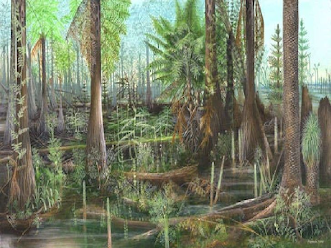CLIMATE WATCH - Arctic Sea Ice
.png)
From https://nsidc.org/arcticseaicenews/ Arctic sea ice area changes with the seasons, but there is a long-term decline*, caused by global warming. Most scientific sources suggest there might be a few days of "ice-free" conditions in the Arctic Ocean one summer around mid-century. Ice-free sea (being darker) absorbs heat, while ice reflects heat. Progressively over time, more "ice-free" days are likely, on average. But what exactly does an "ice-free Arctic Ocean" mean? For measurement purposes, researchers divide the ocean up into small cells. The data cells are 25 km by 25 km. If there is more than 15% ice on a cell, it counts as an "ice-covered" cell. If there is less than 15% ice on a cell, it counts as "ice-free". At some time, the Arctic Ocean one September will meet the 'ice-free' criterion - each cell will be counted as ice-free as long as there is less than 15% ice in the cell. But an 'ice-free' Arctic Ocean ...









